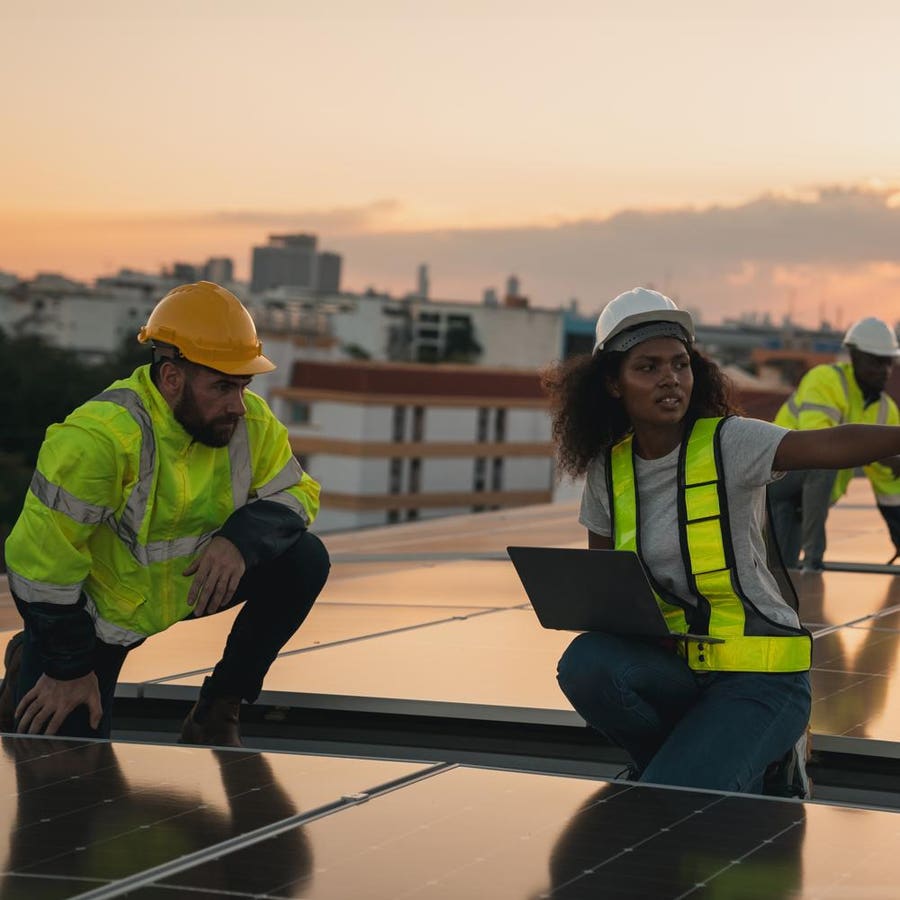The global construction industry is facing a critical juncture, with the urgent need to transition towards more sustainable practices to reduce its significant environmental impact. As one of the largest consumers of resources and a major contributor to carbon emissions, the industry must evolve to meet the growing awareness of environmental issues and regulatory demands for sustainability. The rise of urbanization further emphasizes the need for the construction sector to adopt greener and less harmful practices to minimize its ecological footprint.
Governments worldwide are implementing stringent regulations to reduce the environmental impact of construction, setting carbon reduction targets and enforcing stricter compliance standards. In the US, construction companies are responsible for a significant portion of air and water pollution and landfill waste. Simultaneously, consumers are increasingly demanding sustainable buildings, prompting the industry to innovate and transform its practices to align with sustainability principles and remain competitive in a rapidly changing landscape.
Embracing sustainable construction methods offers a range of benefits, including environmental, economic, and social advantages. Sustainable buildings help reduce the carbon footprint associated with construction projects, conserve natural resources, and minimize waste generation through recycling and reuse. Economically, sustainable buildings incur lower energy costs, attract higher property values, and may be eligible for government incentives, while socially, they contribute to occupant well-being and improved community relations, aligning with Corporate Social Responsibility (CSR) goals.
Technological innovations such as Building Information Modeling (BIM), green building certifications like LEED and BREEAM, and smart technologies are instrumental in driving sustainability in construction. BIM enables accurate planning and efficient resource management, while certifications provide frameworks for implementing sustainable practices and ensuring compliance with environmental standards. AI and IoT technologies optimize resource use and improve building operations, leading to more intelligent and sustainable buildings.
Despite the many benefits of sustainable construction, challenges persist, including the perception of high upfront costs, skill gaps in green building techniques, and regulatory hurdles that require constant vigilance and adaptability. However, the long-term savings in energy, water, and maintenance costs, along with compliance with regulations and market demand for sustainable buildings, make sustainability a worthwhile investment for construction firms. By committing to sustainable practices, the industry can future-proof buildings, reduce environmental impact, and gain a competitive edge in the market.
In conclusion, the shift towards sustainable practices in the construction industry is not just a passing trend but a fundamental change in how buildings are designed, constructed, and operated. This article serves as a call to action for all industry stakeholders to prioritize sustainability, recognizing its importance in shaping the future of construction for the betterment of the environment and future generations. Stakeholders are encouraged to invest in sustainable practices and embrace the benefits of sustainability to create a more environmentally friendly and resilient construction sector.


